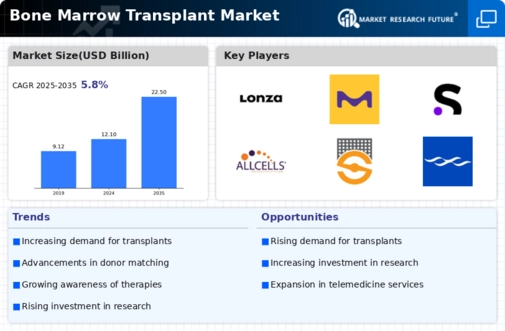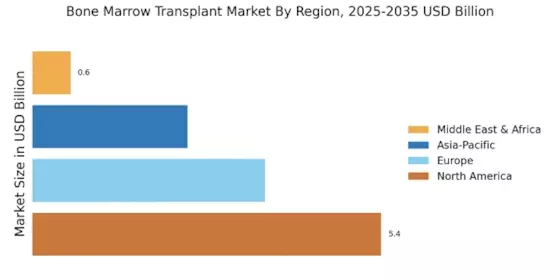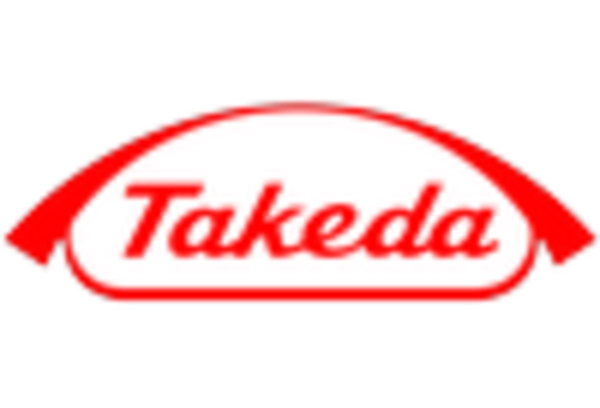Leading market players are investing heavily in research and development to expand their product lines, which will help the Bone Marrow Transplant Market grow even more. Market participants are also undertaking various strategic activities to expand their footprint, with important market developments including new product launches, contractual agreements, mergers and acquisitions, higher investments, and collaboration with other organizations. The bone marrow transplant industry must offer cost-effective items to expand and survive in a more competitive and rising market climate.
Manufacturing locally to minimize operational costs is one of the key business tactics manufacturers use in the bone marrow transplant industry to benefit clients and increase the market sector. In recent years, the bone marrow transplant industry has offered some of the most significant advantages to medicine. Major players in the bone marrow transplant market, including Lonza, Merck KgaA, Sanofi, AllCells, STEMCELL Technologies Inc., Charles River Laboratories, Beike Biotechnology Co.
Ltd., FUJIFILM Cellular Dynamics Inc., CORESTEM, Inc., Gamida Cell, Lifeline Cell Technology, Mesoblast Ltd, PromoCell GmbH, and others, are attempting to increase market demand by investing in research and development operations.
STEMCELL Technologies is a significant manufacturer of high-quality cell culture material, separation technologies, tools, and educational materials worldwide. STEMCELL, which addresses researchers in stem cell, immunology, cancer, regenerative medicine, and cellular treatment, is dedicated to improving people's lives through innovative research and scientific achievements. Demonstrating dedication to diversity and inclusion in STEM, the life sciences sector benefits from their sustainability, community, and social responsibility investments. STEMCELL, as an association of Scientists Supporting Scientists, represents a dedication to positively impacting the world. In January 2024, STEMCELL Technologies announced the acquisition of Propagenix Inc., a biotechnology company headquartered in Maryland.
Propagenix was dedicated to developing technologies that facilitated innovative approaches in regenerative medicine.
FUJIFILM Cellular Dynamics, Inc. (FCDI) is a leading producer and manufacturer of human cells for drug discovery, toxicity testing, stem cell banking, and cell therapy research. Collaborating with innovators, the organization readily combines physiologically relevant human cells with cutting-edge technology, driving medical breakthroughs and encouraging better living. FCDI's technique is known for its capacity to create induced pluripotent stem cells (iPSCs) from humans using a routine blood draw and displaying the remarkable ability to develop into practically every kind of cell found in the human body.
In November 2023, Century Therapeutics, Inc., and FUJIFILM Cellular Dynamics, Inc. expanded licenses for developing iPSC-derived cell therapies to treat autoimmune and inflammatory diseases, including type 1 diabetes, multiple sclerosis, lupus, and rheumatoid arthritis.


















Leave a Comment